Use HDR Display Option
| Basic | Standard | Professional |
|---|---|---|
| O | O | O |
Use HDR display option has been added to the display options of the Figure Window and the rendered image view.
When creating HDR content, the parts with high brightness were shown as white points and it was hard to check how they will look in the final output with conventional editing tools.
By supporting HDR display, it is now possible to edit
and preview high dynamic range images in real time.
Note OS, GPU and display that supports HDR are required.
Interface Figure Window > Display Mode (at the top right corner of each viewport) > Display > Use HDR
Interface Image Window > Use HDR
Main Menu Figure > All Viewports > Display > Use HDR
Main Menu Figure > Active Viewport > Display > Use HDR
Main Menu Edit > Preferences... > View Windows
Main Menu Shade3D > Preferences... > View macOS
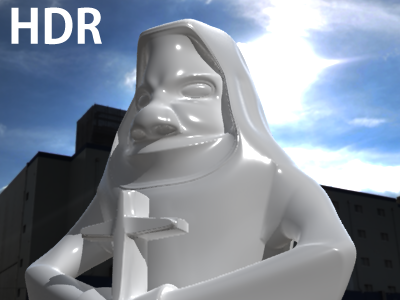

For normal monitors and image formats, the brightness is set to 60% so that HDR can be checked.
Preferences... > View
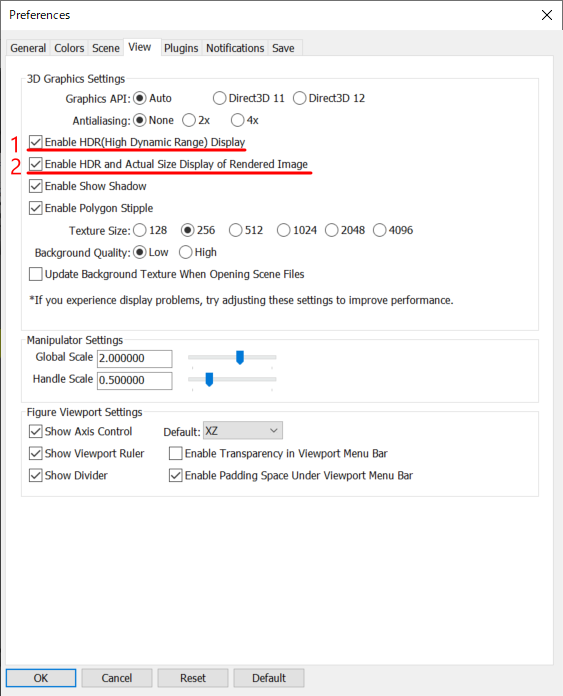
- 1. Enable HDR (High Dynamic Range) Display
- Enable HDR display in the supported environment. (Default is on)
- When it is off, or when the Graphics API is set to Direct3D 11 or OpenGL, all items related to HDR are unavailable.
- If OS and GPU support HDR and monitor does not support HDR, even if you turn off HDR display in OS setting, this option will be active. (Due to the difference in OS specification, the application cannot obtain the parameter.)
- If you experience drawing problems in the Figure Window, turning it off may help. (Blinking drawings, etc., mainly on Intel GPUs)
- The configuration changes will take effect after Shade3D is restarted.
- 2. Enable HDR and Actural Size Display of Rendered Image
- Enable Use HDR option of the Image Widnow in the supported environment. (Default is on)
- When it is off, HDR display is disable and Use HDR in Image Window is unavailable.
- When Enable HDR (High Dynamic Range) Display is off, this item is unavailable.
- If you experience drawing problems in the Image Window, turning it off may help. (e.g., crashes when it starts rendering right after startup)
- The configuration changes will take effect after Shade3D is restarted.
Figure Window > Display Mode (at the top right corner of each viewport) > Display
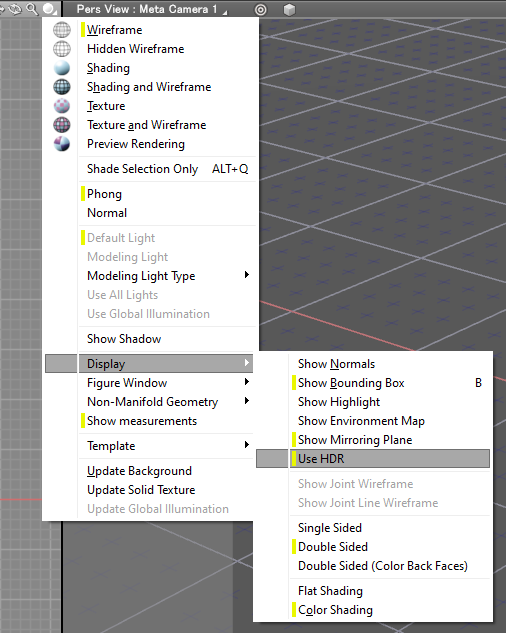
- Use HDR
- Enable to use HDR display in the supported environment. (Default is on)
- When it is off, HDR display is disable.
- When Enable HDR (High Dynamic Range) Display is off in Preferences setting, Use HDR display option will be available.
- This is used to preview how it will look in environments where HDR is not available.
- Every viewport can be switched on and off to compare how it looks with and without HDR.
Image Window
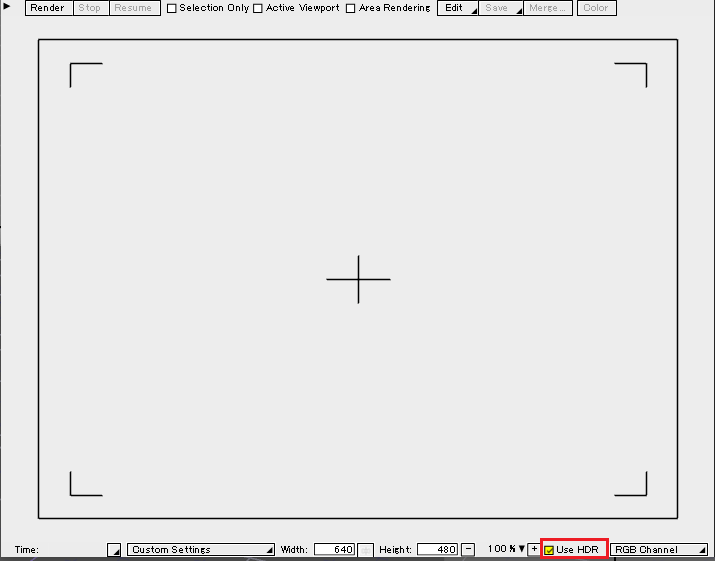
- Use HDR
- Enable to use HDR display in the supported environment. (Default is on)
- When it is off, HDR display is disable.
- When Enable HDR and Actural Size Display of Rendered Image is off in Preferences setting, Use HDR display option will be available.
- This is used to check how the image looks when the HDR display is not available or when it is saved in an image format that does not support HDR.
System Requirements
The OS, GPU and monitor must all meet the requirements for operation.
Even with a monitor that supports HDR, if it supports only HDR10 at a lower peak brightness, the effect of high brightness may not be nearly as expectation.
Windows System Requirements
- Monitor: support HDR10 or higher (DisplayHDR 600 or higher is recommended)
- Video Card: NVIDIA® GeForce® 1000 series or greater / AMD Radeon™ RX 400 series or greater
- Windows 10 Version 1903 or later
Mac System Requirements
- Monitor: support HDR10 or higher (DisplayHDR 600 or higher is recommended)
- Hardware meeting the recommended models
- macOS Catalina 10.15.4 or later
OS Setting
It is necessary to set HDR display of the OS in advance in order to use HDR display on Shade3D.
The setting items will not be available on both Windows and macOS that do not support HDR.
If you switch OS settings while Shade3D is running, available options are immediately reflected on Shade3D.
Windows
- Right click on the Desktop, open Display settings.
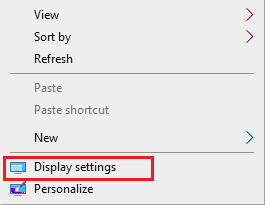
- Turn on "Play HDR games and app". (This option is only available in an environment that supports HDR display)
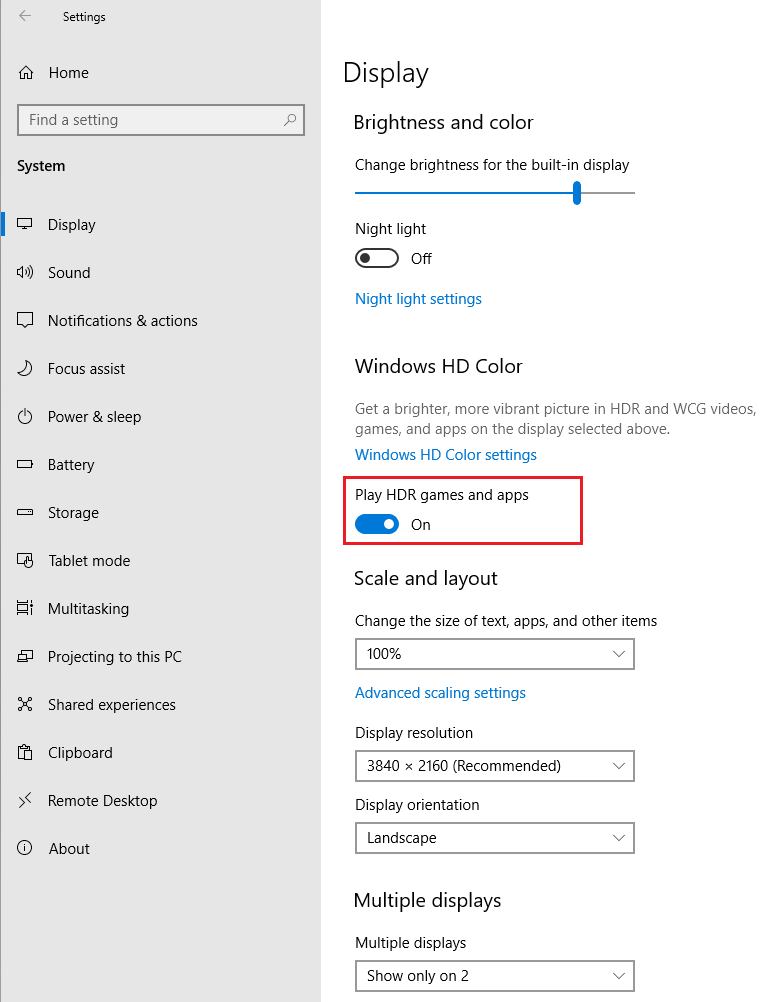
macOS
- Open System Settings, click on Displays.

- Turn on "High Dynamic Range". (This option is only available in an environment that supports HDR display)
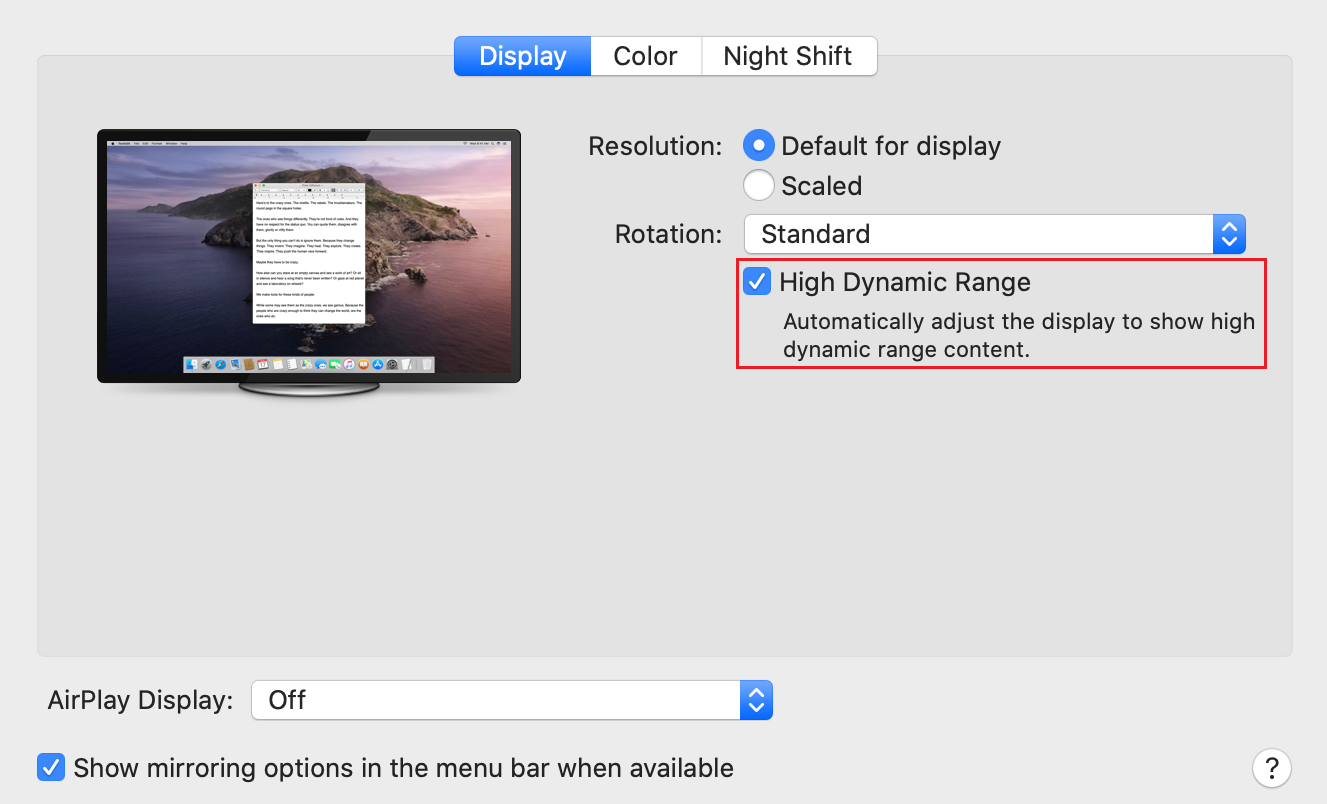
Elements Displayed in HDR
Figure Window
- Shading
- Texture
- Highligh
- Environment Map
- Background
- Solid Texture Updating
- Preview of Rendering
※ Using OpenEXR, HDR and PFM for textured images makes it easier to see the effect.
※ It is easier to represent the images with highlight of 1.0 or higher.
Image Window
- Rendering Image
- Rendering History
- Image Collection
Note In Color Correction, when Contrast is set above 1.0, the brightness will be rounded off, eliminating the effect of the HDR.
Elements not Displayed in HDR
Figure Window
- Template
Other
- Preview in Background, Light, Surface Material, Object Info and Color Correction Window
- Backdrop view in Image tab of Rendering Setting
- View in Edit Image Window
- Image Icon in Browser and External Reference Window
- Image view in Duplicate Image Window